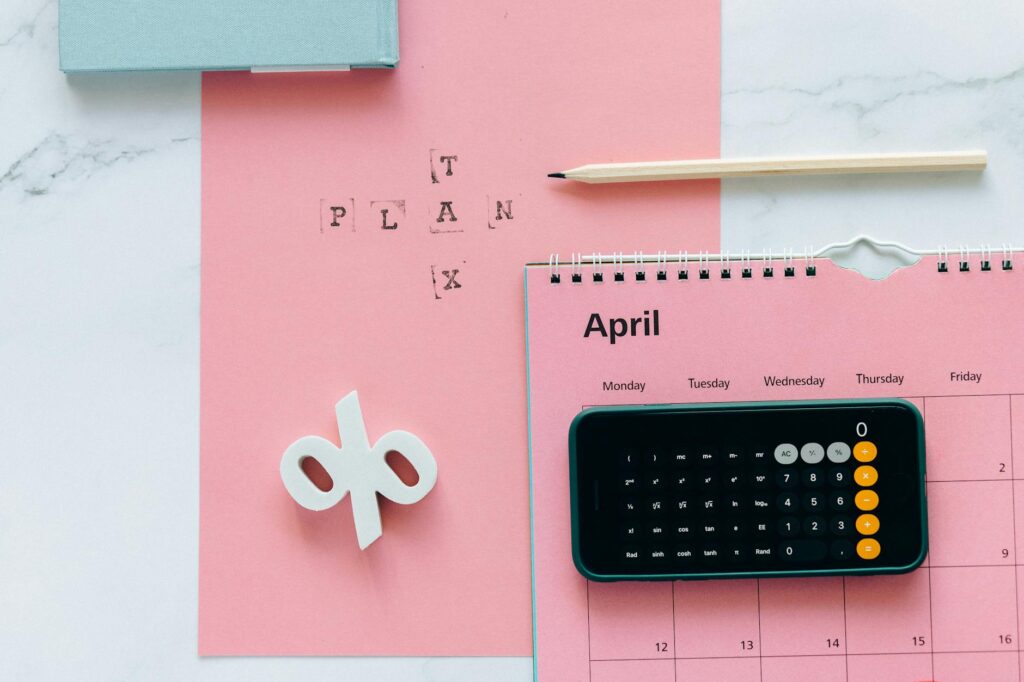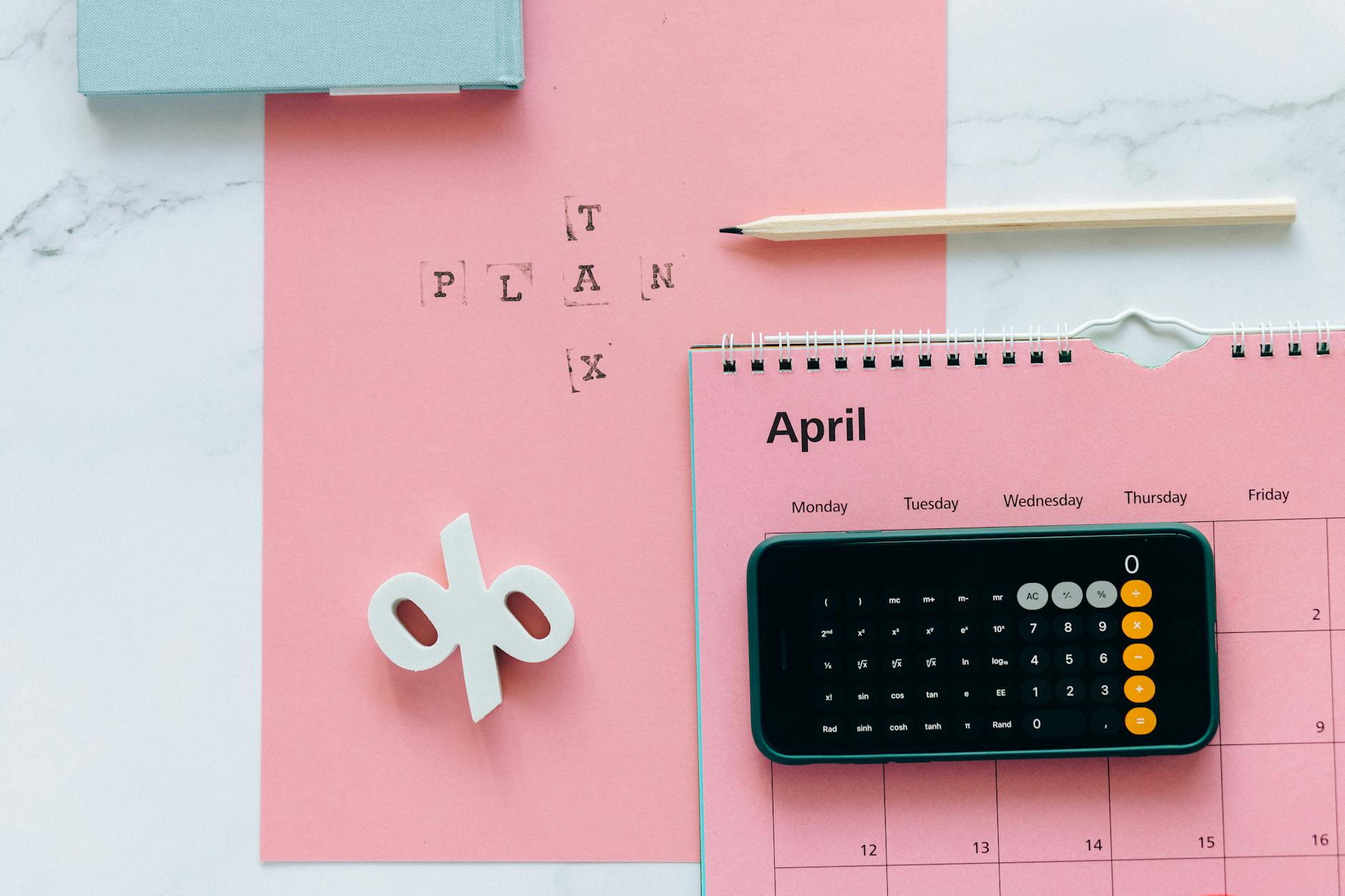What is time audit experiments?

What is time audit experiments?
In our fast-paced world, where every minute counts, understanding how we utilize our time can profoundly influence our productivity and well-being. Time audit experiments are a powerful method to assess and enhance how we allocate our hours effectively. By conducting these experiments, individuals and organizations can identify inefficiencies, prioritize tasks, and ultimately achieve better results in both work and life.
Understanding Time Audit Experiments
Time audit experiments revolve around tracking how time is spent throughout a specific period. This method provides insights into daily habits, helping to illuminate areas where improvements can be made.
Definition and Purpose
A time audit experiment is a systematic process where individuals log their activities over a defined period—often one week—to analyze how they spend their time. The goal? To identify patterns and behaviors that either enhance or hinder productivity. This technique is not just for businesses; anyone can benefit from understanding their time usage, whether for personal development or professional efficiency.
How Time Audit Experiments Work
Conducting a time audit experiment requires a few essential steps. Here’s how you can get started:
- Choose a Tracking Method: You can use apps, spreadsheets, or even pen and paper to log your tasks.
- Set a Time Frame: Typically, a week is ideal. This duration captures a range of activities and varying routines.
- Record Activities: Log every task, including small ones like checking emails. Be as detailed as possible.
- Analyze Your Data: After a week, review your logs to see where most of your time is spent and identify patterns or habits.
For a more structured approach, you might want to check out resources such as How to do a time audit with a free template, which provide additional guidance and templates for tracking your time effectively.
Benefits of Time Audit Experiments
Time audit experiments yield numerous benefits that can enhance both personal and professional productivity.
Improved Time Management
One major advantage of conducting time audits is better time management. By identifying how much time is wasted on non-essential tasks, you can reallocate that time to more productive activities. It’s like having a personal guide that highlights your time wasters.
Enhanced Productivity
If you’ve ever felt like you’re busy but not productive, a time audit could be the solution. These experiments reveal inefficiencies in your daily routine, allowing you to adjust your schedule to focus on high-impact tasks. You’ll be surprised at how minor adjustments can lead to significant improvements in your overall productivity.
Work-Life Balance Insights
Time audits aren’t just about being more productive at work; they also help achieve a healthier work-life balance. By gaining insight into how much time you dedicate to work versus personal life, you can make conscious decisions to ensure neither aspect is neglected. This balance is crucial in avoiding burnout and maintaining overall well-being.
Implementing Time Audit Experiments
Ready to conduct your own time audit? Here’s a step-by-step guide to get you started.
Setting Goals and Objectives
Before diving into a time audit, it’s essential to define your goals. What do you want to achieve? Whether it’s to reduce wasted time, increase productivity, or gain better control over your work-life balance, having clear objectives will guide your auditing process.
Choosing the Right Tools
Several tools can assist you in tracking your time effectively. Here’s a quick list:
- Toggl: A user-friendly time tracking tool that helps log hours with ease.
- RescueTime: Automatically tracks the time you spend on applications and websites.
- Clockify: A free time tracker and timesheet app for teams.
These tools not only make logging easier but also provide valuable insights into your time usage.
Analyzing Results and Making Adjustments
Once you’ve gathered data from your time audit, it’s time to sift through it. Look for trends that stand out. Are there tasks that consistently take longer than expected? Are you spending too much time on low-value activities?
Use this data to make informed adjustments to your daily routine. For instance, if you find that you spend a lot of time in meetings, consider whether all of those meetings are necessary or if they can be streamlined.
Conclusion: Maximizing Productivity through Time Audit Experiments
Time audit experiments are an excellent way to take charge of your time and boost your productivity. By understanding how you allocate your hours, you can uncover inefficiencies, enhance your time management skills, and achieve a better work-life balance. So why not take that first step today? Start your own time audit experiment and discover how to make the most of every minute!

Photo by Nataliya Vaitkevich